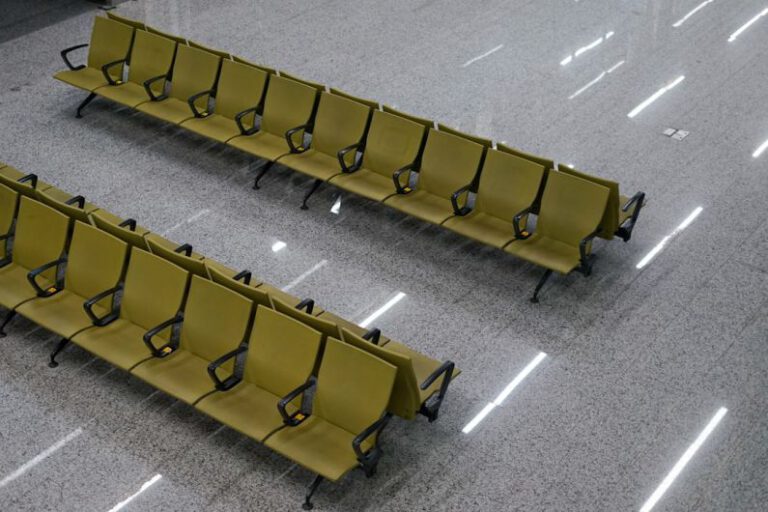The Silent Terminal: Innovations in Noise Reduction at Airports
Airports are bustling hubs of activity, with travelers coming and going, planes taking off and landing, and announcements blaring over loudspeakers. However, amidst all this chaos, there is a growing focus on reducing noise levels within airport terminals to create a more peaceful and pleasant environment for passengers. Innovations in noise reduction technology are revolutionizing the way airports manage sound, improving the overall travel experience for everyone involved.
Creating a Tranquil Oasis
Airports are notorious for their cacophony of sounds – from the constant hum of engines to the chatter of crowds and the shrill tones of announcements. For many travelers, navigating these noisy environments can be a stressful experience, especially during long layovers or delays. Recognizing the impact of noise pollution on passenger well-being, airports around the world are increasingly investing in innovative solutions to create tranquil oases within their terminals.
Soundproofing Materials and Design
One of the most effective ways airports are tackling noise pollution is through the use of soundproofing materials and strategic design elements. By installing acoustic panels, sound-absorbing ceilings, and noise-canceling partitions, airports can significantly reduce the transmission of sound throughout their terminals. Additionally, incorporating sound-dampening features into the architectural design, such as curved walls and soft furnishings, helps to minimize reverberation and create a more serene atmosphere for passengers to unwind in.
Quiet Zones and Relaxation Areas
To cater to the needs of weary travelers seeking respite from the hustle and bustle of the terminal, many airports are introducing designated quiet zones and relaxation areas. These secluded spaces are equipped with comfortable seating, dim lighting, and soothing background music to create a peaceful environment where passengers can relax, meditate, or catch up on work without being disturbed by external noise. Some airports even offer amenities like massage chairs, aromatherapy stations, and yoga mats to enhance the overall sense of tranquility in these dedicated spaces.
Smart Technology and Acoustic Monitoring
Advancements in smart technology have paved the way for airports to implement innovative solutions for noise reduction and monitoring. By deploying acoustic sensors and sound measurement devices throughout terminals, airports can track noise levels in real-time and identify areas that require intervention. This data-driven approach allows airport operators to proactively address noise hotspots, adjust soundscapes dynamically, and ensure that passengers are not subjected to excessive noise pollution during their time at the airport.
Virtual Quiet Zones and Personalized Soundscapes
In an era where personalization is key, airports are exploring virtual quiet zones and personalized soundscapes to cater to individual preferences for ambient noise. Through mobile applications or in-terminal kiosks, passengers can customize their auditory environment by selecting from a range of calming sounds, music genres, or white noise options to create their ideal acoustic backdrop. This tailored approach not only empowers passengers to curate their own auditory experience but also promotes a sense of control and well-being in an otherwise chaotic environment.
Embracing a Sound-Sensitive Future
As airports strive to enhance the overall passenger experience and prioritize passenger well-being, innovations in noise reduction are playing a pivotal role in shaping the future of airport terminals. By leveraging soundproofing materials, creating quiet zones, harnessing smart technology, and offering personalized soundscapes, airports are reimagining the way we interact with sound in these bustling travel hubs. The silent terminal of tomorrow promises a harmonious blend of tranquility and efficiency, where passengers can navigate their journey in peace and comfort, free from the disruptive clamor of the outside world.





